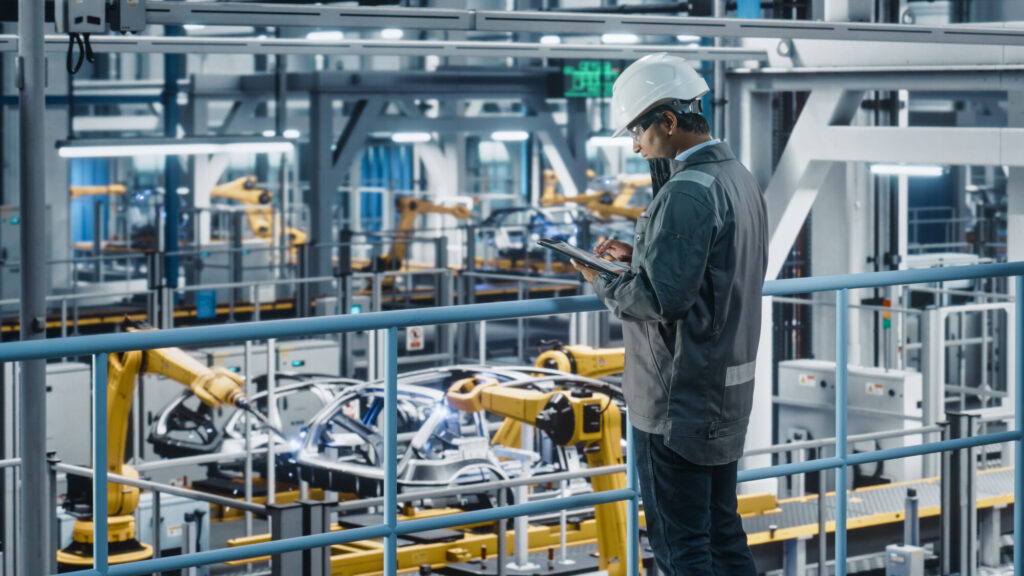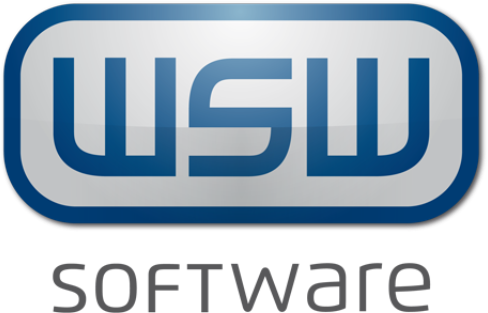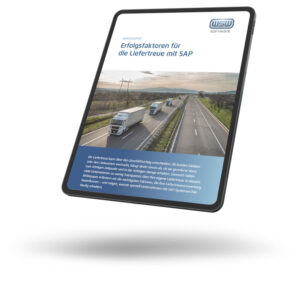The just-in-sequence principle (JIS) is a special form of procurement logistics and is a further development of the Just-in-time principle (JIT). What exactly does the JIS approach refer to, who is it suitable for, and what are the advantages and disadvantages?
The definition of Just in Sequence
Just-in-Sequence, or JIS, is a refined form of "Just in Time" (JIT). With the JIT principle, the product is delivered at the right time, in the right place and in the right quantity and can be processed directly without having to be stored. Just in Sequence (JIS) refers to a delivery concept in which, in addition to "Just in Time", goods are also delivered in the order in which they are needed and processed by the customer.
Advantages and disadvantages of the just-in-sequence process
With JIS, any sorting processes prior to processing are eliminated, which saves plenty of work and thus time. In addition, potential sources of error can be avoided. Thanks to the close timing, a manufacturing company has to provide significantly less storage space for preliminary products or materials, but can process them in production immediately after delivery.
Savings in warehousing and sorting processes often create vacant spaces. These spaces can be used elsewhere and possibly accommodate more production facilities. The time and space savings lead to a significant increase in efficiency.
Potential problems with JIS usually arise due to poor communication. Successful implementation requires intensive exchange between suppliers and customers in order to avoid errors and the associated expenses or even a standstill in production. On both the customer and supplier side, the IT systems must be adapted to the JIS principle, which usually requires an initial investment.
In addition, the customer is highly dependent on the supplier's work due to the supplier's great responsibility. Since the customer largely does without inventory, he has no possibility to react to incorrect or failed deliveries. A mistake by the supplier can therefore end in a delay or even a standstill in production.
The reasons for delivery problems can lie outside the supplier's control: In addition to natural forces, delays due to difficult transport routes also play a role, for example. Errors in the delivery sequence cannot be rectified spontaneously because there are no stocks available to fall back on.
Just in Sequence (JIS) vs. Just in Time (JIT)
The just-in-sequence approach combines the fundamentals of Just in Time with a specific order. What other similarities and differences exist?
Similarities between JIS and JIT
Just in Sequence and Just in Time both refer to the delivery of goods shortly before the products are processed. In this way, internal storage costs can be significantly minimized. In addition, optimized delivery guarantees shortened manufacturing times. The term "just before processing" can be agreed variably and defined from a few hours to days.
JIS and JIT both contribute to a lean supply chain that avoids large inventories and operates as efficiently as possible. The two processes require a high level of communication. With JIT and JIS, no warehousing is required at the customer's site, so there are fewer process and personnel costs as well as work in the area of sorting.
The disadvantages of JIT are similar to those of the just-in-sequence process. For customers, there is a dependency due to outsourcing, which in the worst case could lead to a production standstill.
Differences between JIS and JIT
At the Just-in-sequenceproduction supply, in addition to the right trade item at the right place, the goods arrive already in the right order. This minimizes sorting processes on site and saves time. As a result, there is less need for premises for the staging area. However, intensive communication between suppliers and customers is required to ensure the correct sequence.
As a result, the just-in-time process comes into question for significantly more customers and production companies, as it has less complex requirements and is accordingly less expensive to set up and run.
Application scenarios of Just in Sequence
Just in Sequence is therefore a complex further development of the Just in Time delivery concept and, because of the effort involved, is particularly suitable for large production chains that run uninterrupted in series. This is the case, for example, with large automotive or electronics manufacturers who produce in series on a production line with a large number of parts and have a focus on the further processing of preliminary products.
Example: The car manufacturer
Automotive manufacturers in particular benefit from JIS processing, as they often work with fixed production sequences, which are also referred to as a string of pearls. This enables efficient assembly on individualized vehicles - i.e. cars with different equipment can be produced in the same place.
In practice, this can look like this, for example:
Assume that a German car manufacturer follows the approach of implementing Just in Sequence. The manufacturer has decided to commission an external logistics company, which has then set up various consignment warehouses in the vicinity of the car manufacturer. This enables the service provider to supply the car manufacturer as flexibly and promptly as possible. In these consignment warehouses, goods are moved, checked and recorded in the management system.
The car manufacturer provides the external service provider with current requirements lists based on pick orders sent by the company's own SAP system. These orders are then delivered daily in specific timed time windows.
At the automotive plant, production has been converted and adapted to the JIS principle. As a result, there is no longer any sorting or repacking work on site, which means less storage is required. Timed deliveries also avoid high accumulations of production goods. All the individual parts required are already sorted by sequence and directly accessible after delivery.
Just in Sequence using the example of the automotive industry
If you want to map JIS processes yourself, you need digital support. There are various solutions for this. The advantages and disadvantages of these alternatives cannot be generalized. Apply to any situation. It strongly depends on the functions of the specific software solution, on the requirements of the customers to be supplied, on the number of customers and also on the existing systems.
We compare the five most important solutions.

Prerequisite for efficient JIS processing
Many details have to be considered to ensure that processing at JIS is smooth, fast and error-free. Communication between customer and supplier plays a central role in this. If necessary, fixed JIS calls can take place in which the customer can communicate changes or innovations that affect the assembly and require an adjustment of the delivery.
More efficient and reliable, however, is a direct digital exchange between the supplier and the customer: This is mapped directly in the companies' IT systems to ensure error-free and fast data transmission. This requires a permanently synchronized system that communicates in both directions and correctly maps bills of materials, production and shipping specifications. This usually requires an EDI system (EDI = Electronic Data Interchange) is used, which can be operated and automated by suppliers and customers.
In order to ensure the necessary flexibility and speed in delivery, it can help that the supplier is either located in the direct vicinity of his customer, or that he works with external logistics service providers or consignment warehouses that fulfill this requirement. In this way, delivery can be guaranteed to be as faultless as possible without major delays. Above all, it is important to be flexible in terms of time, because it is not uncommon for there to be only a few hours between the EDI-supported JIS call-off and delivery. In some cases, there may also be sequence shifts to which the supplier must quickly adapt. He should therefore be extensively informed about the production processes of the production sites. Transparent, automated and synchronized processing is therefore crucial for the successful implementation of JIS.
Our JIS Competence Center supports you with your challenges!
WSW Software has gained extensive experience with JIS processes within the last thirty years. We have guided companies like yours to implement and optimize smooth JIS processes. Our experts use this experience for JIS consulting.
Conclusion
Just-in-sequence delivery offers great advantages for manufacturing companies such as automotive manufacturers because it makes procurement logistics particularly efficient. Suppliers often have to bow to this requirement and adapt their own processes to the JIS principle.
The most important prerequisite for successful implementation is fast and error-free communication. EDI software enables uncomplicated exchange between suppliers and customers and thus forms the basis for efficient JIS production.



